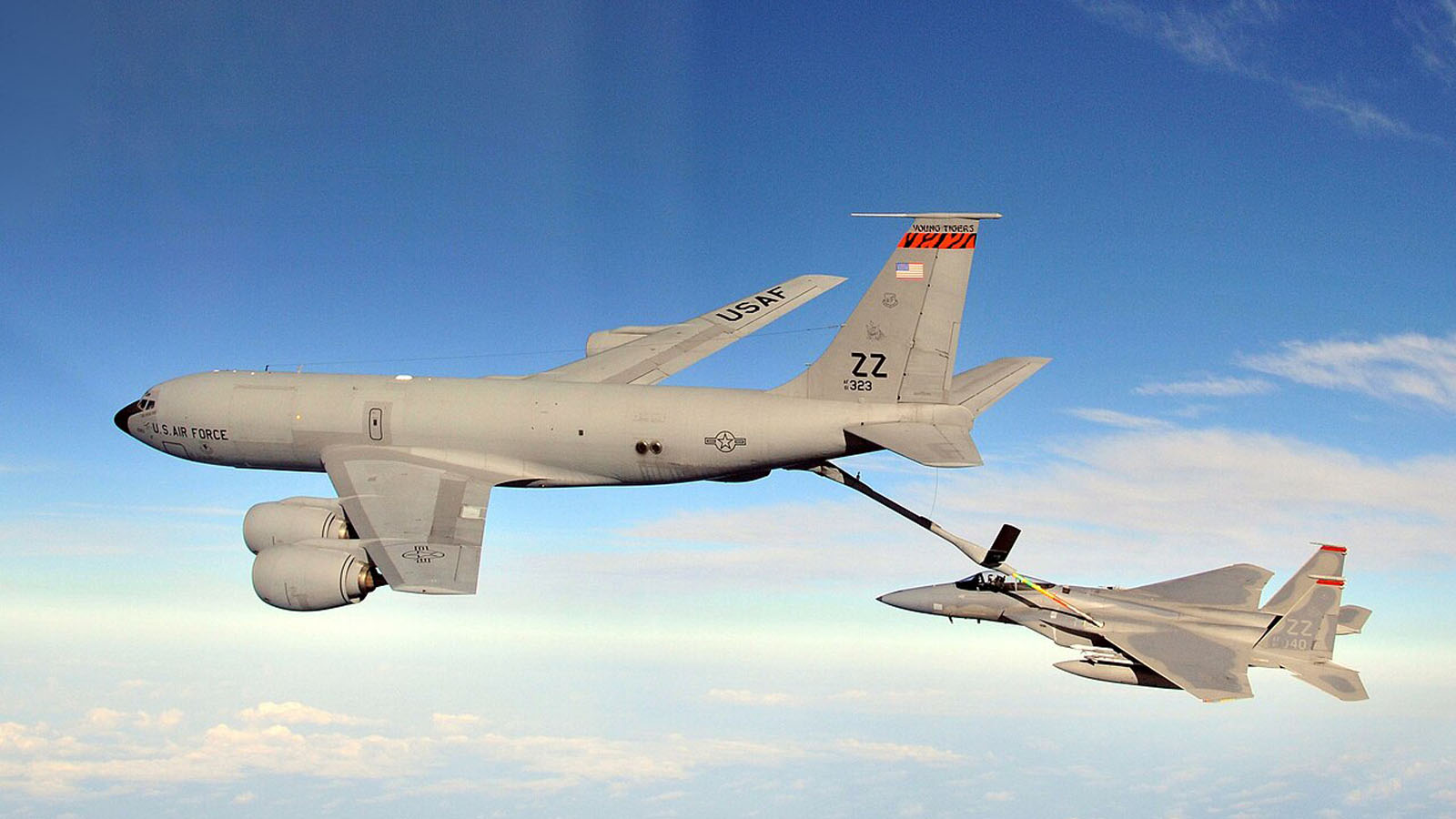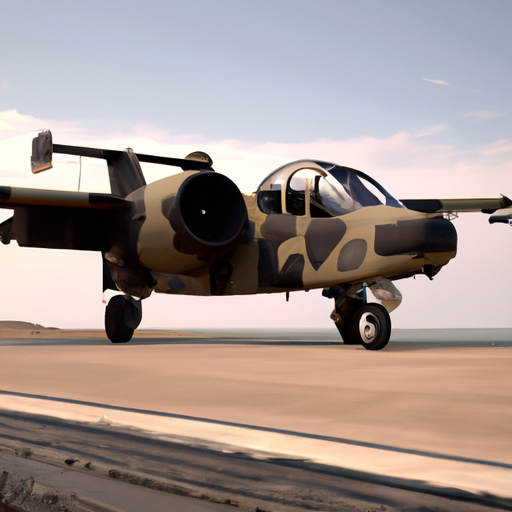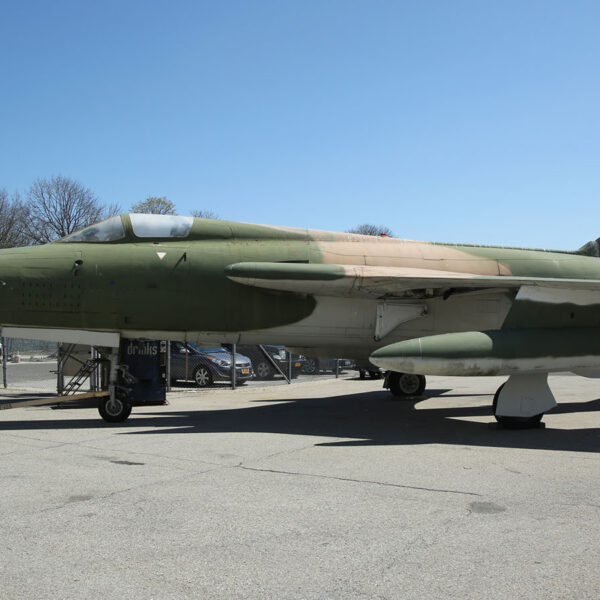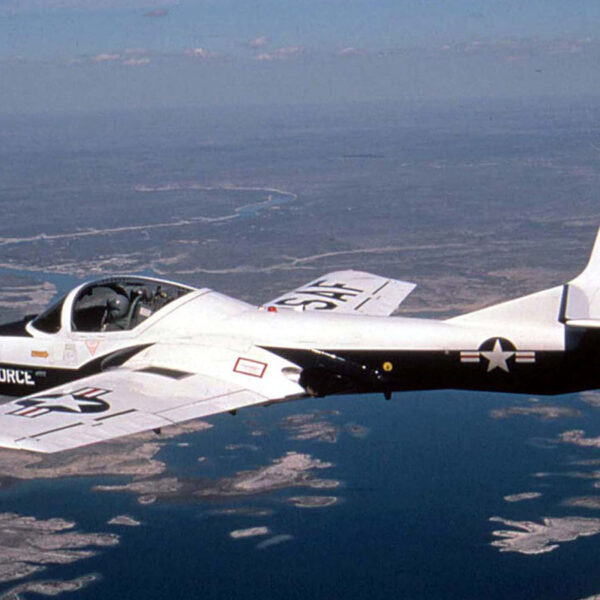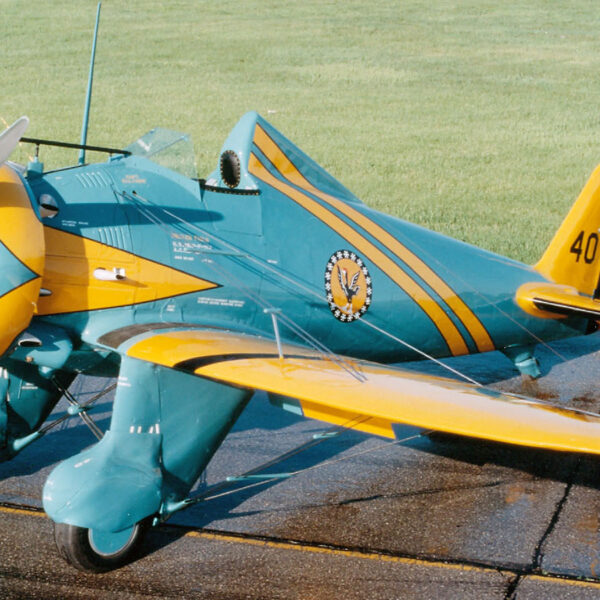Fairchild C-123K Provider
This versatile aircraft was crucial in the Vietnam War, providing aerial logistics and supply operations. With its adaptability and design, the C-123K left a lasting impact on military aviation.

Development and Design of the C-123K Provider
The C-123K Provider was developed by Fairchild Aircraft in the 1950s as a military transport aircraft. It was specifically designed to meet the United States Air Force requirements. The plane had a unique design with high wings and twin engines mounted on the fuselage. This configuration allowed for easy loading and unloading of cargo through the large rear cargo door. The C-123K also had a short takeoff and landing capability, making operating in remote areas with limited infrastructure possible.
Regarding development, the C-123K underwent several modifications to improve its performance and capabilities. One of the most notable modifications was the addition of fuel tanks, which increased the aircraft’s range and endurance. The wings were also strengthened to handle heavier loads and improve stability during flight.
The design of the C-123K wasn’t only practical but also versatile. It could be configured for various missions, including cargo transport, aerial firefighting, and medical evacuation. The aircraft had a spacious cargo compartment that could accommodate many payloads, from vehicles to supplies. Its large rear cargo door made loading and unloading quick and efficient.
Overall, the development and design of the C-123K Provider showcased Fairchild Aircraft’s commitment to producing a versatile and reliable military transport aircraft. Its unique features and capabilities made it a valuable asset for the United States Air Force and its allies.
TECHNICAL NOTES (C-123K):
https://www.nationalmuseum.af.mil/Visit/Museum-Exhibits/Fact-Sheets/Display/Article/196059/fairchild-c-123k-provider/
Engines: Two Pratt & Whitney R-2800s of 2,500 hp each and two General Electric J85s of 2,850 lbs. thrust each
Load: 60 fully-equipped troops, 50 stretcher patients or 24,000 lbs. of cargo
Maximum speed: 240 mph
Range: 1,825 miles
Ceiling: 28,000 ft.

Role in the Vietnam War
The C-123K Provider played a pivotal role in the Vietnam War, serving as a trusted workhorse for transporting troops and supplies to sustain military operations in this tumultuous conflict. With its robust capabilities and versatility, this aircraft was a lifeline for American forces stationed in Southeast Asia. Being a twin-engine transport plane, the C-123K Provider was explicitly designed to meet the demands of the battlefield. Its large cargo hold could accommodate a substantial amount of troops, equipment, and supplies, making it an indispensable asset for the United States military.
The C-123’s most important service, however, was during the Southeast Asia War. In January 1962, the first of many Providers were sent to South Vietnam to start the Ranch Hand defoliant program. Shortly after, a squadron of standard C-123Bs arrived to provide mobility to the South Vietnamese Army. By the fall of 1964, there were four USAF C-123B squadrons in Vietnam flying airlift and airdrop missions
https://www.nationalmuseum.af.mil/Visit/Museum-Exhibits/Fact-Sheets/Display/Article/196059/fairchild-c-123k-provider/

The aircraft’s ability to airlift personnel and deliver essential provisions to remote areas was vital in maintaining a logistical advantage over the enemy. One of the most significant advantages of the C-123K Provider was its Short Takeoff and Landing (STOL) capability. This feature allowed the aircraft to operate from unimproved airstrips and hastily constructed airfields, enabling it to reach even the most remote and inaccessible locations. This characteristic was particularly valuable in the unconventional warfare environment of Vietnam, where dense jungles and rugged terrains posed significant challenges to conventional aircraft.
The C-123K Provider’s ability to operate in austere conditions enhanced its effectiveness during the war. It was equipped with robust engines and reinforced landing gear to withstand rough landings on makeshift runways. This resilience was essential, as the enemy often targeted airfields, necessitating quick repairs and rapid turnaround times to keep the supply lines flowing. Moreover, the C-123K Provider possessed remarkable maneuverability for its size, allowing it to navigate through the treacherous landscapes of Vietnam with relative ease. Pilots praised its agility, which proved invaluable in avoiding enemy fire and completing missions under duress.
The aircraft’s high wings and rear-loading ramp further facilitated troop and cargo deployment, enabling swift and efficient offloading in potentially hostile environments. The C-123K Provider’s significance extended beyond its transportation capabilities. It also played a crucial role in aerial spraying operations, undertaking the infamous mission of Agent Orange dissemination. Despite the controversial nature of this task, the aircraft’s adaptability and capacity to disperse herbicides over vast areas contributed to altering the battlefield dynamics and reducing enemy cover, albeit with severe environmental repercussions.
Versatility and Adaptability of the Provider
Whether transporting troops, delivering supplies, conducting aerial surveillance, or performing search and rescue operations, the Provider is up for the task. With its rugged design and robust engines, this aircraft can easily handle the most challenging conditions.
The Provider’s ability to take off and land on short, unprepared runways makes it a valuable asset in remote areas or regions with limited infrastructure. It can access remote locations that other aircraft cannot, allowing for efficient delivery of aid and support during humanitarian missions.
In addition to its cargo and transport capabilities, the Provider can be converted into a gunship, providing close air support to ground forces. Its versatility as an armed aircraft adds another layer of usefulness in combat situations.
Furthermore, the Provider’s adaptability shines through its ability to be modified for various specialized missions. It can be equipped with different sensor systems, allowing for effective reconnaissance and intelligence gathering. This flexibility makes the Provider a valuable asset in military and civilian operations.
Legacy and Impact of the C-123K Provider
Consider the versatility of the C-123K Provider when assessing its legacy and impact on aerial logistics and supply operations. With its ability to carry a wide range of cargo and operate from unprepared airstrips, this aircraft revolutionized how goods and supplies were transported in the military. The C-123K Provider was crucial in various operations, including humanitarian missions, troop deployment, and aerial resupply.
| Feature | Description | Benefit |
|---|---|---|
| Short Takeoff and Landing (STOL) Capability | The C-123K Provider’s ability to operate from unprepared airstrips allowed for increased flexibility in accessing remote locations, especially in challenging terrains. | Rapid deployment of supplies and personnel to areas that were previously inaccessible. |
| Large Cargo Capacity | With a cargo capacity of 12,000 pounds, the C-123K Provider could transport a wide range of goods and equipment, including vehicles, machinery, and medical supplies. | Efficient transportation of essential supplies and equipment in a single flight, reducing the need for multiple trips. |
| Rear Loading Ramp | The rear loading ramp allowed for quick and easy loading and unloading of cargo, streamlining the logistics process. | Expedited turnaround times, enabling faster deliveries and increased operational efficiency. |
The C-123K Provider’s legacy lies in its ability to adapt to rapidly changing operational requirements. Its impact on aerial logistics and supply operations is evident in military missions’ improved efficiency and effectiveness. The versatility and capabilities of the C-123K Provider have left a lasting mark on aerial logistics and continue to influence modern aircraft designs.
Conclusion
In conclusion, the Fairchild C-123K Provider proved to be a vital asset in the Vietnam War. Its versatility and adaptability made it an invaluable resource for aerial logistics and supply operations.
The aircraft’s development and design showcased its effectiveness in meeting the demands of the war. With its legacy and impact, the C-123K Provider will always be remembered as a reliable and efficient transport aircraft that played a significant role in the success of military operations.


